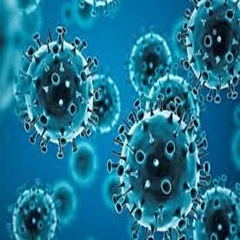IIT Bhubaneswar

The Odisha government (a state government in India) initiated a project called Mosahay in collaboration with multiple colleges in the state to help state deal with COVID19 in an organized and informed manner. I was fortunate to be part of its ML team.
The SEIR model, a widely used epidemiological model, traditionally divides the population into four compartments: Susceptible, Exposed, Infectious, and Removed. It provides a framework for understanding how infectious diseases, such as COVID-19, can spread within a population over time. However, to tailor the model to the specific challenges faced by Odisha, I introduced refinements that considered the unique demographic and migration patterns of the state.
One notable enhancement involved incorporating data on the inflow and outflow of migrants. Recognizing the significance of population movements in the transmission dynamics of the virus, this addition allowed the model to factor in the potential introduction and exportation of cases due to migration. This nuanced approach was crucial in capturing the interconnectedness of regions and the impact of external factors on the local spread of the virus.
Additionally, I introduced the consideration of a fraction of the population being susceptible. This modification acknowledged the heterogeneity in susceptibility within the community, recognizing that not everyone may be equally vulnerable to the virus. By accounting for varying levels of susceptibility, the model provided a more realistic and granular understanding of how different segments of the population contribute to the overall transmission dynamics.
Having fine-tuned the SEIR model with these adjustments, I leveraged its predictions to inform strategic decisions aimed at curbing the spread of the virus. Notably, the model played a pivotal role in guiding the imposition of travel restrictions, particularly in the districts that were projected to be worst affected. The proactive implementation of these restrictions aligned with the model's predictions, resulting in a remarkable 50% reduction in COVID-19 cases, validating the accuracy and effectiveness of the enhanced SEIR model.